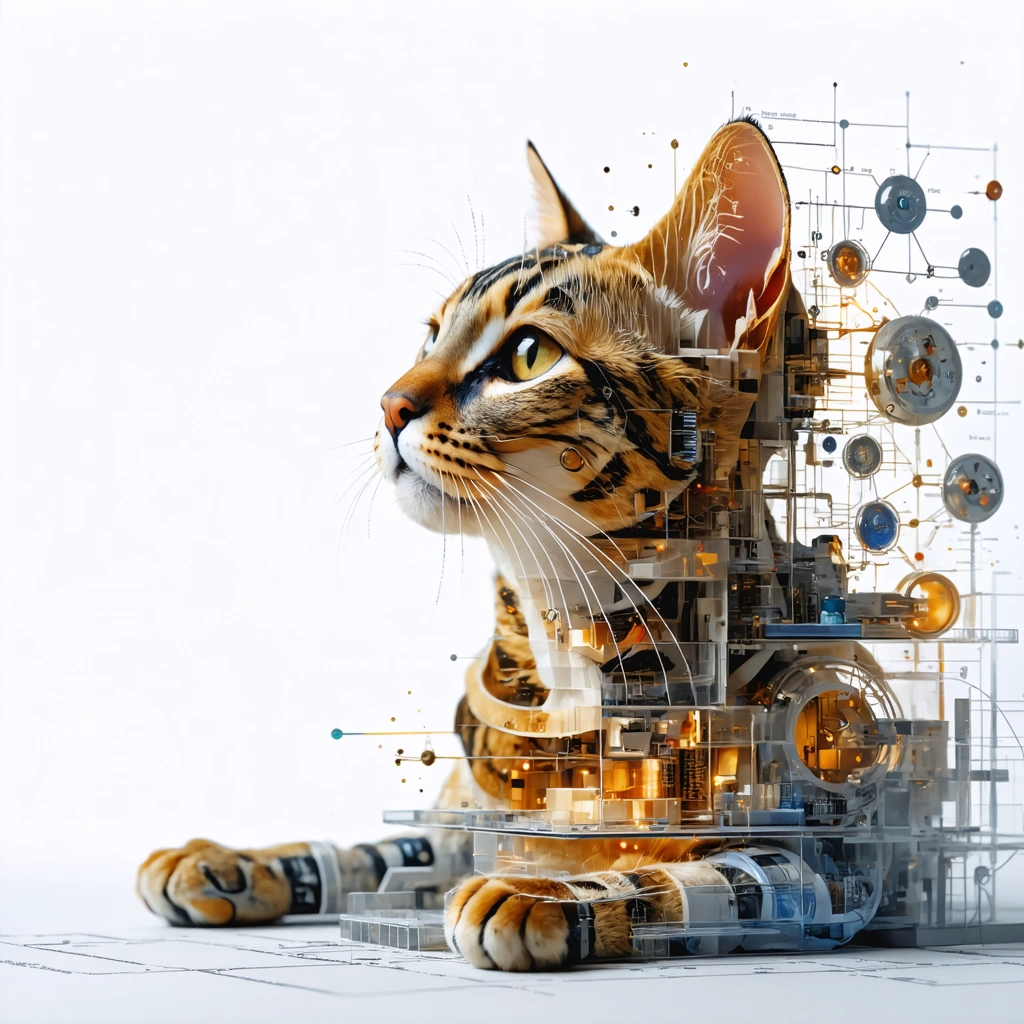
Introduction: The Mysterious World of Feline Health
Cats have long been admired for their independence and enigmatic behaviors. However, when it comes to their medical science, they often present a complex puzzle – a true medical black box. Despite advances in veterinary medicine, many aspects of feline health remain elusive, leaving experts and pet owners questioning the underlying reasons behind their unique physiology. In this article, we explore the business and research implications of feline medicinal mysteries and discuss why cats continue to challenge modern medical understanding.
Overview of Feline Health Challenges
Inherent Complexity in Cat Physiology
Feline health is complicated due to several factors:
- Unique Metabolism: Cats have a metabolism that significantly differs from other domesticated animals. Their ability to process proteins, fats, and carbohydrates often deviates from typical mammalian metabolic pathways.
- Genetic Variability: Their genetic background contributes to unpredictable responses to medications and treatments. The small but diverse genome of cats holds mysteries that researchers are still trying to decipher.
- Disease Resistance and Vulnerability: While cats may show resistance to some illnesses, they are particularly vulnerable to others. This paradox makes it challenging to develop standard protocols for prevention and treatment.
- Behavioral Factors: Feline behavior, such as subtle signs of discomfort or illness, renders early diagnosis difficult.
Medical Research Limitations
The current state of feline medical research faces several obstacles:
- Insufficient Funding: Compared to canine or human medicine, research funding for feline-specific studies is significantly lower, resulting in fewer advanced diagnostic tools.
- Limited Clinical Trials: A lack of extensive and controlled clinical trials contributes to a slower pace of discovery. Many treatments employed are based on observational studies rather than rigorous testing.
- Regulatory Hurdles: Stringent regulations surrounding animal trials can deter innovative research practices that might otherwise open up new avenues for understanding feline diseases.
Business Implications and Opportunities
Market Potential for Feline Healthcare Innovations
For businesses in the veterinary and pet care industry, the mysteries surrounding feline health are not just challenges — they are significant opportunities for breakthrough innovations:
- Development of Specialized Medications: There is a growing demand for medicines and therapeutic approaches that explicitly target the unique physiology of cats. Pharmaceutical companies that invest in feline-specific drug research can lead the market.
- Advanced Diagnostic Tools: The need for enhanced diagnostic methods to detect and treat complex feline conditions has never been greater. High-tech applications like genetic screening and digital monitoring devices present promising business ventures.
- Collaboration with Veterinary Experts: Strategic partnerships with veterinary institutions and research centers can drive successful development cycles in feline medicine, ensuring that scientific breakthroughs reach the marketplace quickly.
Case Studies and Strategic Models
Several business models focus on addressing the unique challenges in feline medicine:
| Business Model | Key Focus | Potential Market Impact |
|---|---|---|
| Pharmaceutical Innovation | Development of targeted drugs and therapies | High potential for disrupting current treatment protocols |
| Diagnostic Technology | Advanced imaging and genetic testing tools | Enhanced early detection and personalized treatment plans |
| Veterinary Partnerships | Collaborative research and clinical trials | Accelerated product development and market entry |
Future Directions and Conclusions
Bridging the Gap Through Innovation
To truly unlock the potential hidden inside the feline medical black box, the integration of innovative research strategies and agile business models is essential. The future of feline healthcare relies on leveraging advanced technology, harnessing data analytics, and fostering robust partnerships between the private sector and academic institutions. Future directions include:
- Investment in Translational Research: Encouraging studies that translate basic genetic and physiological studies into clinical applications.
- Utilization of Big Data: Applying data analytics and artificial intelligence to better understand treatment outcomes and predict disease patterns in cats.
- International Collaborations: Expanding networks with global research communities to share insights, foster innovation, and standardize treatment protocols across different regions.
Business Strategies for a Complex Market
Businesses must adopt flexible and forward-thinking strategies to navigate these complexities. Key strategies include:
- Market Research and Development: Continually investing in research and understanding consumer trends in pet healthcare.
- Customer-Centric Innovations: Designing products that cater to the specific needs of cat owners, ensuring better quality of life for pets.
- Regulatory Navigation: Developing compliance frameworks that streamline the process of bringing new therapies to market while ensuring safety and efficacy.
Conclusion
In conclusion, cats remain one of the most challenging subjects in modern veterinary science due to their complex physiology and elusive medical characteristics. The unanswered questions surrounding feline health serve as a call to action for researchers, entrepreneurs, and investors alike. By embracing innovation, fostering collaboration, and committing adequate resources, the business community can spearhead advancements that not only demystify these challenges but also transform the landscape of veterinary medicine. As the journey to unlock the medical secrets of felines continues, stakeholders must work together to ensure that progress in this field can lead to improved quality of life for both cats and their human companions.




